Discover the initial costs of drone farming. Learn about the drone, software, and Li-ion battery expenses and the impact on crop health and productivity.
Welcome to Drone Farm
We offer a comprehensive range of agricultural drone services. With years of experience, we’ve harnessed our expertise to deliver high-quality services to our clients. Our team provides full support at every stage. Choose us for top-tier Drone Farming experiences!

Contents
- 1. What are the startup costs for drone farming
- 2. Purchase of agricultural drones and accessories
- 3. Costs associated with drone farming training
- 4. How much investment is needed in drone software
- 5. Maintenance of drones and related equipment
- 6. Costs of regular drone updates and upgrades
- 7. Investment in features to optimize drone farming
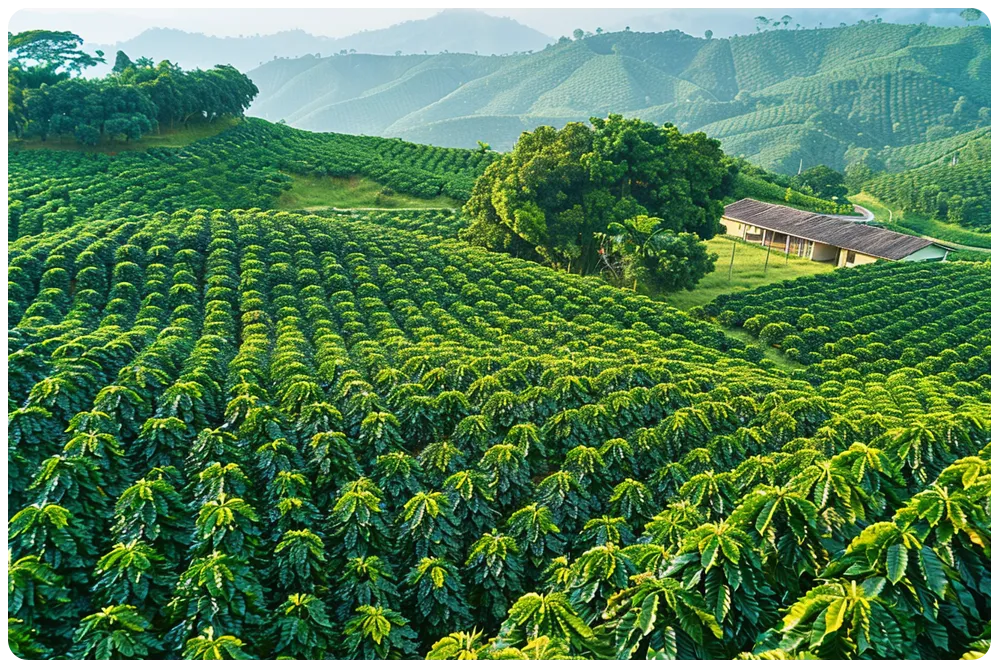
1. What are the startup costs for drone farming
What are the Startup Costs for Drone Farming?
As agriculture braces itself to embrace modern technology, the utilization of drone farming stands tall among transformative strategies. This innovative approach has revolutionized farming. The drone is not merely a high-tech toy – it’s an essential agrarian tool, optimizing crop yield, enhancing farm management, and enabling early detection of crop illnesses.However, as with any technological implementation, a fundamental question looms large – What are the startup costs for drone farming?Procurement of the DroneDrones used in farming vary widely in their features, functionality, and consequently, price. Simple models with essential features can start as low as $1,000, while drones equipped with advanced sensing and imaging equipment can cost over $25,000.Agriculture Specific FeaturesFarm-specific functionalities, such as thermal imaging sensors to detect crop health or GPS systems for precise location tracking, can add to the initial cost. Depending on the features required, these can cost an additional $1,000 to $5,000.Software CostsThe drone is only half of the equation. The other half is proficient data analysis software that can interpret the sizable data your drone will generate. License fees for advanced analytical platforms range from $500 to $2,000 annually.Insurance and LicensingDepending on the area you live in, farm drones might require insurance coverage and a piloting license. Insurance costs may fall between $600 to $1,200 annually, and obtaining a license can cost around $150.Maintenance and RepairDespite being relatively durable, drones are not immune to wear and tear. Maintenance and repair costs can range from $200 to $800 per year, depending on usage.Those considering implementing drone technology into their farming operations must take note of these potential expenses. However, the resulting benefits – optimized crop production, enhanced farm management, and proactive illness detection justify this investment.With careful planning and mindful budgeting, the leap into modern drone farming can be successfully achieved, setting a course toward a future of agriculturally thriving drone utilization.2. Purchase of agricultural drones and accessories
Welcome to the insightful world of drone-based agriculture. This comprehensive guide serves as your gateway to the dynamic and innovative applications of this state-of-the-art technology. As you navigate through the journey of incorporating agricultural drones and accessories into your farming practices, it is crucial to understand their various applications and the significant role they play in modern agriculture.Prudent investment in agricultural drones and associated equipment can revolutionize your farming business. It imparts increased control in your hands, enabling optimal crop production and superior farm management.One of the main applications of a drone is the ability to gather intricate data about your crops. They provide precise and timely information about the crop conditions, assisting in early detection and efficient management of crop illnesses. By being proactive, the impact of such diseases can be minimized, securing crop health and ultimately the farm’s productivity.
Drone Selection and Purchase
Initially, investing in drone technology might seem overwhelming. Here is a simplified step-by-step guide to ease your path:Understanding Drone Accessories
Additional components of a drone setup primarily serve to maximize its functionality and adjust to specific farm conditions.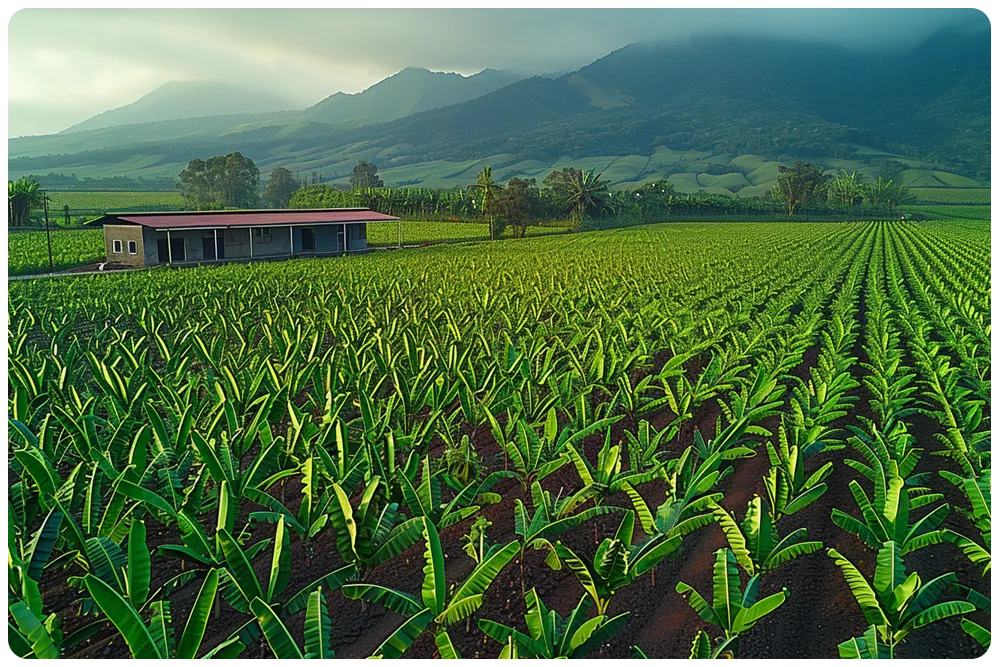
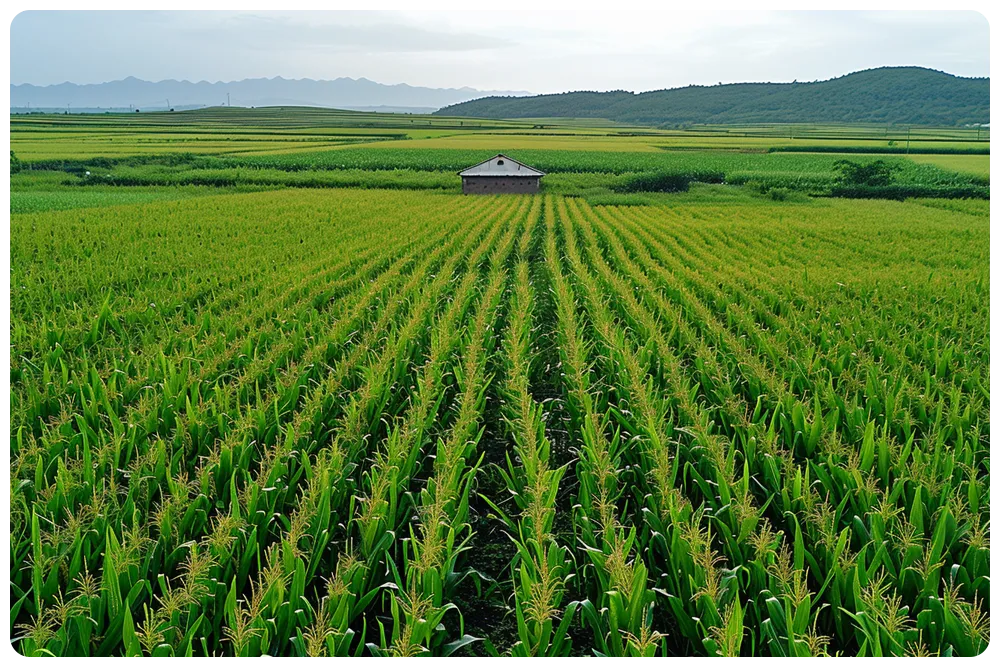
3. Costs associated with drone farming training
Associated Costs of Drone Farming Training
The transition to modernized, precision agriculture through the implementation of agricultural drones is not only a technological shift but also an educational one. A critical investment is equipping farmers with the requisite knowledge to operate and manage drone technology effectively. Here, we delve into an overview of the financial implications linked to drone farming training.
- Drone Operation Courses ‒ Farming drones demand a certain level of technical dexterity to navigate. Professional drone operation courses can accelerate the learning curve and foster confidence. Prices vary, but a comprehensive course typically ranges from $200 to $500.
- Drone Maintenance Workshops ‒ Ill-maintained equipment may pose operational failures, which can be detrimental to crop surveillance and overall productivity. Engaging in drone maintenance workshops ensures farmers can perform routine checks and minor repairs, minimizing costly downtimes. Typical workshops cost between $150 and $300.
- Software Training ‒ Understanding how to interpret the data collected by your drone is paramount. Drone software training courses that provide insight into data analysis are an essential investment. These courses may range between $200 and $400.
- Licensing and Certification ‒ Depending on the jurisdiction, legal requirements may necessitate obtaining specific licenses or certifications for drone operation, usually falling between $150 and $250.
As farming becomes increasingly reliant on technology, proficiency in drone operation and data interpretation is an invaluable skill. This not only improves the overall efficiency of your farming operations but also greatly reduces the risks of crop diseases ‒ a diligent drone pilot can identify early warning signs and respond promptly, thereby ensuring healthy, robust yields.
While the upfront costs for setting up drone farming may seem considerable, it is a valuable investment that will help pave the way to sustainable, economically viable precision agriculture.
4. How much investment is needed in drone software
Welcome to your comprehensive guide on the applications and importance of drone technology in farming. The range of possibilities that one single drone holds for agricultural advancement is truly awe-inspiring. Let’s kick off this journey by first understanding the essential investment required for drone software in drone-based farming.
Understanding the Value in Drone Software Investment
The nucleus of a functional agricultural drone is its software. It’s the software that governs its flight, directs its cameras and sensor systems, and processes the data captured into actionable insights. Consequently, initially investing in superior drone software becomes critical.
Calculating the Drone Software Costs
In actual numbers, the cost of investing in robust drone software can vary significantly. The escalation in price factors in the capability, complexity, and customizability of the software.- For beginner-friendly, off-the-shelf software, prepare to invest anywhere between $100-$500.
- Mid-range drone software advanced in purpose and scope can range from $500 to $1500.
- Enterprise-level, highly sophisticated drone software can come with a price tag above $1500.
Maximizing Return on Investment
While the upfront investment may seem substantial, the longer-term benefits of deploying a drone equipped with top-tier software far outweigh the costs. With sophisticated software, a drone can efficiently monitor and manage vast tracts of land, significantly multiplying crop production. Dramatically reducing the time and cost associated with traditional farming methods, drone farming provides a timely return on your initial investment.
Investing to Mitigate Crop Illness
Drones can potentially revolutionize the fight against crop illness. The sophisticated software enables the drone to survey the land and detect early signs of disease.- By pinpointing specific areas where the disease may be emerging, drones enable prompt responses, minimizing the extent of the damage.
- The ability to precisely apply treatments further reduces costs and environment impact.
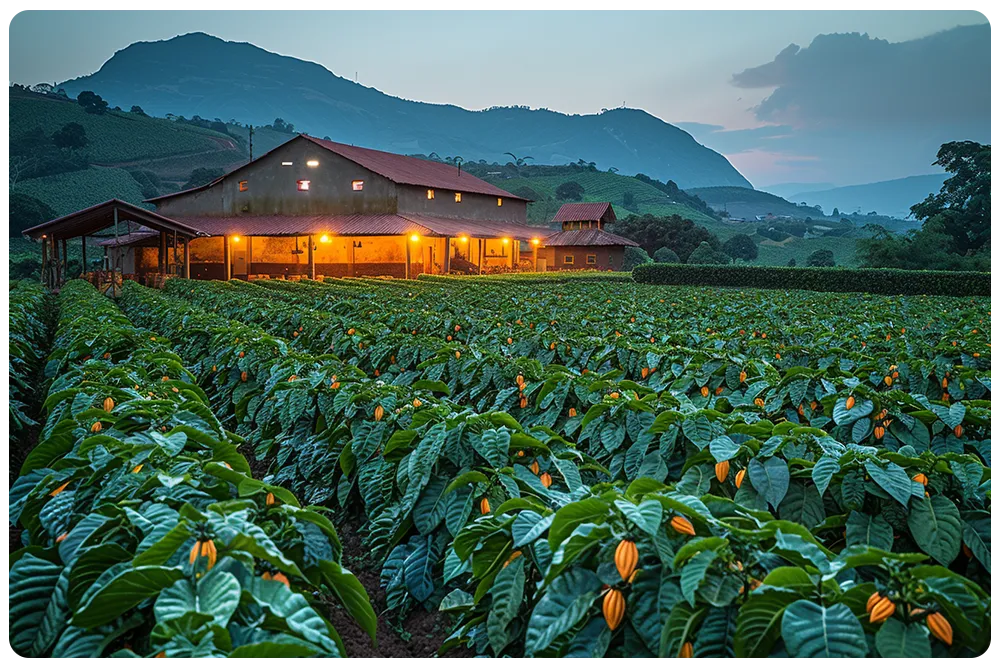

5. Maintenance of drones and related equipment
Maintenance of Drones and Related Equipment
If you’re stepping into the futuristic world of drone farming and embracing the nuances of modern agriculture, you must understand the pivotal role played by the maintenance of drones and the associated equipment. The first hurdle even before one starts exploring this revolutionary method of farming is the initial costs involved in setting up a drone-based agricultural system.Why is Maintenance Crucial?
The efficiency of an agricultural drone greatly depends on its upkeep. Regular maintenance ensures optimal flight performance and accurate data collection, thereby preventing wastage of resources and enhancing crop yield. If the drone isn’t calibrated or inspected regularly, it could lead to unforeseen mechanical failures or erroneous data interpretation, which can negatively impact your overall farm management strategy.Steps to Maintain Your Agricultural Drone:
- Regular Inspection: Check your drone for any visible signs of wear and tear or damage before and after each flight. This includes checking propellers, motors, and sensors.
- Calibration: Calibration of your drone’s compass and IMU (Inertial Measurement Unit) is vital for accurate navigation and data collection.
- Battery Maintenance: Careful management of your drone’s battery can extend its lifespan. Avoid overcharging, and always store batteries at recommended temperatures.
- Software Updates: Keep your drone’s firmware and software updated to ensure optimal performance and to benefit from any enhancements or bug fixes.
With regard to the initial costs for setting up drone farming, the expenditure is not only on the drone itself but also extends to related components like sensors, software, training, and, not to forget, the maintenance part. As daunting as it may seem, the return on this investment is significant if you consider the resource optimization, yield improvement, and the ability it gives to swiftly address crop illnesses that a drone offers.
Tempering the advent of technology with the timeless wisdom of traditional farming, drone farming represents the fusion of past, present, and future of agriculture.
6. Costs of regular drone updates and upgrades
The Financial Aspects of Drone Upgrades & Updates in Modern Agriculture
The use of technology in agriculture has resulted in numerous benefits, from increased yield to optimized use of resources. One such tool revolutionizing farming practices is the drone. An agricultural drone serves multiple purposes such as mapping the farmland, spraying crops, monitoring growth, and even identifying signs of crop illness. However, with this innovation comes certain financial implications, particularly in terms of regular updates and upgrades.Understanding the Need for Updates & Upgrades
Drones, like any other piece of technology, constantly undergo enhancements, with their manufacturers releasing updates regularly. These updates typically contain bug fixes, security patches, or new features intended to improve the drone’s overall performance. Additionally, drone upgrades refer to the replacement of existing components with superior ones or the addition of new elements to enhance its functionalities. Both updates and upgrades are integral to foster efficient drone operation.Estimating the Costs

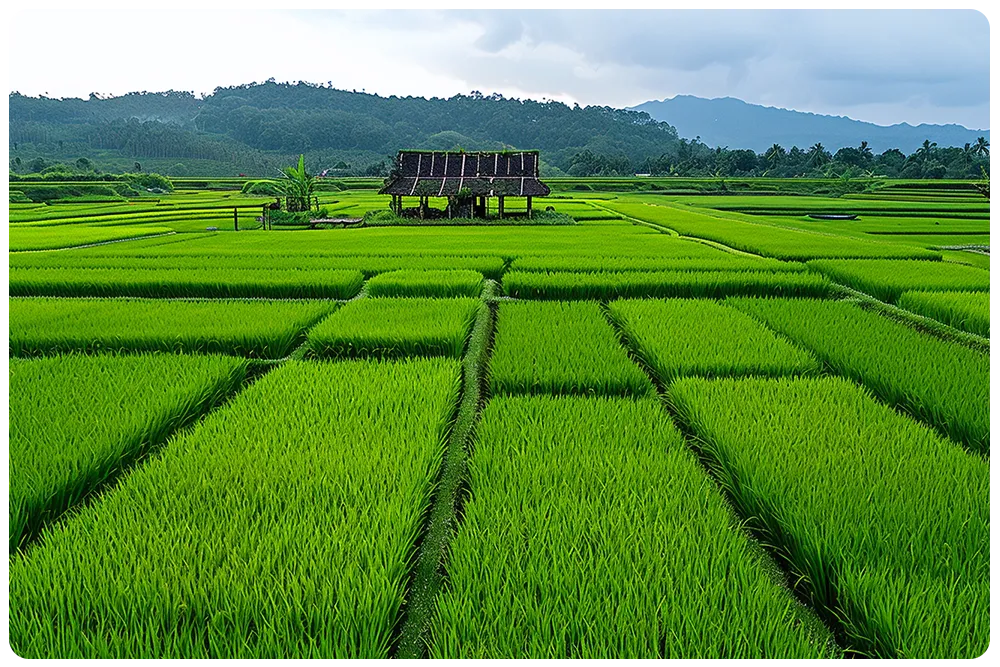
7. Investment in features to optimize drone farming
Investment In Features to Optimize Drone Farming
Farming, as we have always known, is evolving at a rapid pace, no longer confined to age-old practices. Modern agriculture is now integrating cutting-edge technology to enhance productivity and efficiency. At the helm of this revolution is the revolutionary agricultural drone.
An investment in drone technology ushers in multiple benefits for farmers and agriculturalists. One of the principal benefits being the opportunity to optimize crop production. A drone fitted with multispectral sensors, GPS, and advanced imaging equipment can record detailed data of an entire crop field, offering insights into field conditions.
These innovative tools can detect signs of potential crop diseases early, allowing for timely intervention and treatment, thus reducing potential yield losses. With this newfound ability, these aerial devices are staking a claim as indispensable tools in modern-day farming.
However, as with any good thing, quality drone technology does not come cheap. The initial costs for setting up drone farming can be substantial, comprising professional agricultural drones, the accompanying software, and short courses to familiarize oneself with these high-tech tools. Still, the promising return on investment can offset these initial costs significantly.
Implementing a drone in your farming operations can streamline farm management. These devices can monitor large areas quickly, identifying problem spots that require attention. Therefore, cutting costs by reducing the time and resources spent inspecting crops manually.
Here’s a quick rundown on how drone technology can optimize farming:- Reduction in resource usage: By accurately mapping and studying your field, drones can help you apply resources like water and fertilizers only where necessary.
- Disease detection: With the ability to capture high-resolution images and videos, drones can spot signs of plant diseases or pest invasions early.
- Yield prediction: Drones can collect data to analyze crop health, which can help in making accurate yield predictions.
- Soil analysis: Drones can analyze soil composition, helping you plan your sowing patterns optimally for future planting seasons.
The initial cost notwithstanding, the transformation of traditional agriculture methods to drone farming represents the future of agriculture. It’s an investment that offers the prospect of optimized returns, enhanced productivity, and a significant improvement in crop health management.
Indeed, the agricultural drone is revolutionizing the farming landscape, setting a new standard in efficiency, productivity, and sustainability.